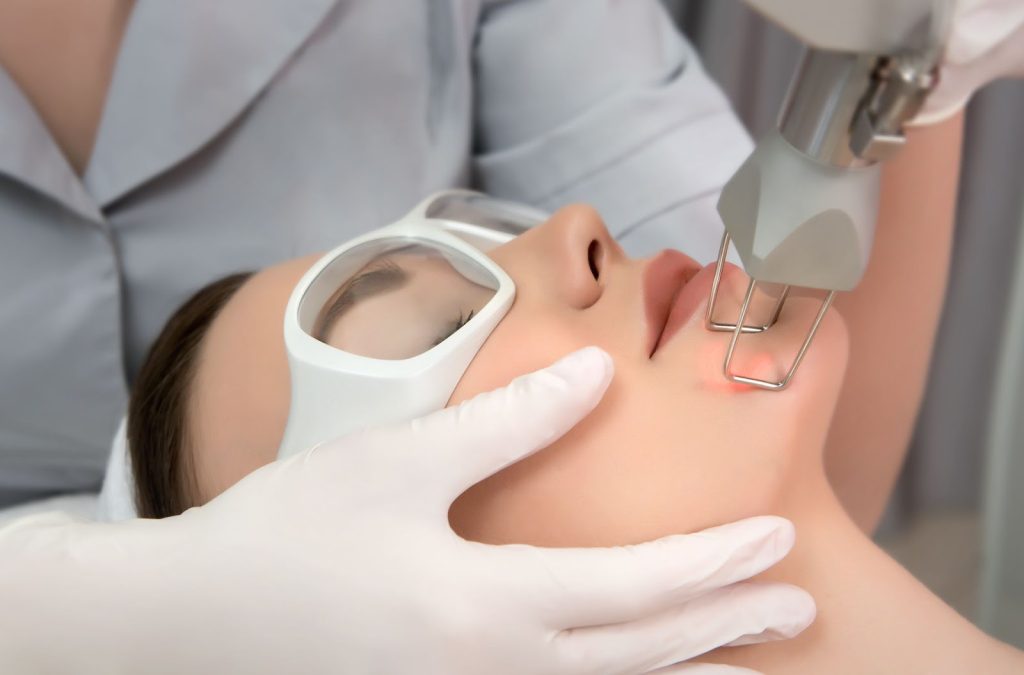What is a non-surgical facelift?
The decision to undergo a facelift is often motivated by a desire to look younger and feel more vibrant and confident. Ageing is a natural process, yet it can sometimes lead to a mismatch between how individuals feel inside and what they see in the mirror. Sagging skin, fine lines and wrinkles, and lost volume can make you appear tired or worn, even when you feel energetic and lively. A facelift addresses these concerns head-on, offering a way to align one's external appearance with one's internal vitality.
Over time, the face's supportive structures weaken, leading to a downward shift. A facelift repositions and tightens these structures, restoring the face's natural contours. By addressing the most prominent signs of ageing, a facelift can turn back the clock, often making patients look years younger.
The psychological benefits of a facelift are profound. Many patients report a significant boost in self-esteem and well-being, as their outward appearance reflects their inner youthfulness and energy.

How does a facelift work?
A facelift is more than a cosmetic adjustment; it is a scientific approach to reversing the signs of ageing by understanding and manipulating the face's underlying structures. The procedure is grounded in a deep knowledge of facial anatomy, the ageing process, and the principles of wound healing and tissue remodelling.
Facial anatomy and ageing
The effectiveness of a facelift lies in its ability to address the deep structural layers of the face, known as the superficial musculoaponeurotic system (SMAS). Ageing affects not just the skin but also this underlying network of muscles and connective tissue. Sagging and wrinkles occur as the SMAS layer weakens and descends. A facelift repositions and tightens this layer, restoring a more youthful anatomy to the face.
Collagen remodelling
One key aspect of facelift science is stimulating collagen production. Collagen is a protein that provides structure and elasticity to the skin. As we age, collagen production declines, leading to wrinkles and sagging. Manipulation of the skin and underlying tissues during a facelift triggers the body's healing response, which includes increased collagen production. This natural process of collagen remodelling helps to firm and rejuvenate the skin over time.
Modern facelift techniques are highly advanced, allowing precision, customisation, and strategies that minimise scarring and reduce recovery time. Tailoring the procedure to the individual's facial structure and ageing pattern is crucial for achieving natural-looking results.
Benefits of a facelift
- Reduced sagging and tightens skin: sagging skin is one of the most noticeable signs of ageing, resulting from a loss of skin elasticity and gravitational pull over time. A facelift allows for a tightening effect, which is most evident in the lower face and neck, areas that often show early signs of ageing.
- Smoother lines and wrinkles: deep creases and wrinkles, especially around the nose, mouth, and chin, can give the face a perpetually tired or sad expression. A facelift smoothens these lines, restoring a more rested and positive facial expression.
- Improved facial volume: ageing can lead to loss of facial volume, particularly in the cheeks, which leads to a hollow or gaunt appearance. A facelift can be combined with volume restoration techniques, such as fat transfer or fillers, to replenish lost volume and enhance the youthful fullness of the face.
- Long-lasting results: a facelift provides long-lasting results. However, the longevity of the results depends on various factors, including skin quality, lifestyle, and maintenance with skincare and sun protection.

Types of non-surgical facelift in Singapore
There are two main types of facelifts: surgical and non-surgical. Non-surgical facelifts are surging in popularity due to their noninvasive nature, quick and long-lasting results, minimal downtime, and fewer risks.
Non-surgical facelifts include:
- Injectables: injectables, such as BTX relaxes facial muscles, reducing the appearance of fine lines caused by expressions while dermal fillers offer a non-surgical means to restore lost facial volume, smooth wrinkles and lines, and enhance facial contours. Dermal fillers are often used to plump up areas such as the cheeks, lips, nasolabial folds, and marionette lines.
- Ultrasound technology: ultrasound treatment such as Ultherapy is a noninvasive procedure that uses focused ultrasound energy to lift and tighten the skin on the face, neck, and décolletage. It stimulates collagen production in the deeper layers of the skin, resulting in gradual lifting and tightening over time.
- Radiofrequency (RF) skin tightening: RF skin tightening such as Thermage and LDM-MED use radiofrequency energy to heat the deeper layers of the skin, stimulating collagen production and tightening loose or sagging skin. RF treatments can improve skin laxity in areas such as the jowls, neck, and jawline.
- Lasers: lasers such as the Fotona 4D Facelift, fractional laser, and Pico Laser can significantly improve the texture, tone, and overall quality of the skin, addressing issues like fine lines, uneven pigmentation, and surface irregularities. Laser treatment targets both the surface and deeper layers of the skin, promoting collagen production and skin renewal.

What results can I expect after a facelift?
The results from a nonsurgical facelift depend on the treatment conducted, the severity of the skin condition (e.g. wrinkles, skin laxity), and the individual's age. In general, you can expect the following results from a nonsurgical facelift in Singapore:
- Tightened skin: non-surgical facelifts are designed to induce collagen and elastin fibre production. These, in turn, help to tighten the skin, giving it a taut and firm appearance.
- Reduced fine lines and wrinkles: many non-surgical facelift options, such as lasers and injectables, help reduce the appearance of wrinkles and fine lines on the face. Fillers can add volume to areas with lost volume, while BTX can relax muscles responsible for dynamic wrinkles. Laser treatments can also improve skin texture and reduce the visibility of lines and wrinkles.
- Improved skin tone and texture: non-surgical facelifts can help improve the skin's appearance and are an effective treatment for dull and uneven skin.
- Enhanced facial contours: when skin is tightened, it improves the contours and shape of the face. Loose skin, due to factors such as ageing and UV exposure, can give the face an aged and tired appearance. Tight skin helps to improve facial contours, allowing for a refreshed and alert appearance.
Frequently asked questions
How long does a non-surgical facelift last?
The duration of results from a non-surgical facelift can vary depending on the specific procedures performed, individual factors such as age and skin condition, and lifestyle factors. In general, the longevity of results from non-surgical facelift procedures can range from several months to more than a year.
What is the ideal age to have a facelift?
The ideal age for a nonsurgical facelift can vary depending on individual factors such as skin condition, concerns, and personal preferences. While no specific age is considered ideal for everyone, nonsurgical facelift procedures can benefit individuals who are starting to notice early signs of ageing and wish to improve their skin's appearance without surgery. Building a collagen bank early can also delay the ageing process.
Are nonsurgical facelifts painful?
Injectables such as BTX and dermal fillers are generally well-tolerated and cause minimal discomfort. Other nonsurgical facelifts, including lasers, RF treatment, and ultrasounds, have varying levels of discomfort. While nonsurgical facelift procedures may cause discomfort during or after the treatment, most patients find the discomfort tolerable and temporary. We also have a myriad of means including numbing creams, icing the area before a procedure, distraction devices and even oral painkillers to help patients cope with any pain and to make the procedure as comfortable as possible.

